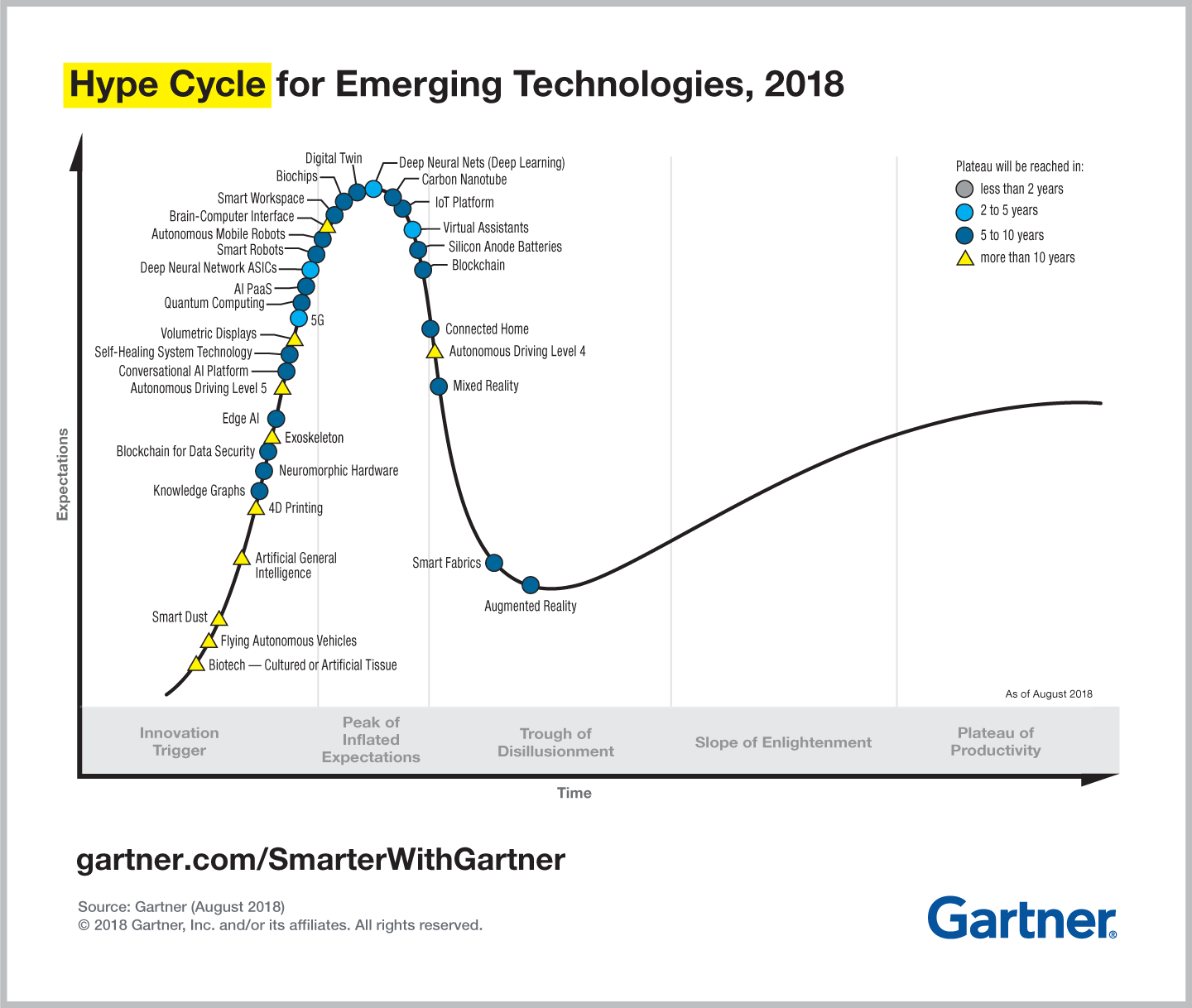- Parts Of A Computer Hand In:mr. Mac's Virtual Existence -
- Parts Of A Computer Hand In:mr. Mac's Virtual Existence Depends
- Parts Of A Computer Hand In:mr. Mac's Virtual Existence Key
- Parts Of A Computer Hand In:mr. Mac's Virtual Existence According
Technology has changed the way we communicate in so many ways. It has also changed the way people conduct business, and the manner we conduct our personal and social lives. We can easily text, talk and email through a link to anyone all over the world. In fact, it is now possible to visit any part of the world virtually. The education sector has also improved significantly because it is now possible to acquire a degree from any institution all over the world if you have a computer and internet connection.
Virtual Machine technology applies the concept of virtualization to an entire machine, circumventing real machine compatibility constraints and hardware resource constraints to enable a higher degree of software portability and flexibility. Virtual machines are rapidly becoming an essential element in computer system design. The reality we inhabit when we use a computer is a reality that is brought into being by the commands of a programmer. Usually, the programs we use are the work of someone else. But if I turn on a Mac, or load Windows on a PC, or even when I use good old DOS, I inhabit a world that has been brought into being by the word of some programmer.

- In fact, Malwarebytes saw more Mac malware in 2017 than in any previous year. By the end of 2017, the number of new unique threats that our professionals counted on the Mac platform was more than 270 percent higher compared to the number noted in 2016. For more on the state of Mac malware, visit the Malwarebytes blog site here.
- The Macintosh computer was introduced in 1984, and it was the first widely sold personal computer with a graphical user interface, or GUI (pronounced gooey). All Macs are made by one company (Apple), and they almost always use the Mac OS X operating system.
- A parallel port, on the other hand, is an interface through which the communication between a computer and its peripheral device is in a parallel manner i.e. Data is transferred in or out in parallel using more than one communication line or wire. Printer port is an example of parallel port.
On the other hand, internet communication has created numerous problems that appear to increase as the technology advances. The list of advantages and disadvantages of internet communication can be endless, it all depends on the track you choose to it. For example, you must be cautious on how and who you give your personal information. You should also question the sources of your information to determine whether it is the truth or not.
So what are the advantages and disadvantages of internet communication? Admin rcon tool for mac installer.
Advantages of Internet Communication:
1. Speed and time
Through internet communication, time and money are saved. This is because it is much cheaper and quicker to transfer information around. It also becomes faster and efficient to contact a business partner or a relative. We can now communicate with anyone around the world through emails and text messages instantly. The internet has also provided face-to-face communication, thanks to Skype, social media sites, video conferencing, and many other ways offered by communication companies.
2. Job creation
One major advantage of internet communication is the creation of new and exciting jobs. System analysts, computer programmers, web designers, hardware and software developers and many other new opportunities created by information communication technology (ICT).
3. Globalization
The internet has indeed brought people closer, and also helped in economic growth. It has also brought down geographical and language boundaries. The universe has become a global village due to information technology, permitting countries such as such as Japan and Ireland who are separated by language and distance, share information and ideas with one another.
4. Cost effective
It is so cheap to send an email to another country than making a phone call. The internet has also helped to systematize business practices helping businesses to cut cost.
5. Improve education sector
The internet has made it possible for numerous computer programs to be shared with different generations in different parts of the world. Important information such health, business and environment facts are easily available to any person with an internet connection.
6. More business opportunities
Information communication technology (ICT) has made it easier for businesses to be automated allowing customers to contact them 24/7. This means that a company can be opened anywhere, anytime, allowing clients to make purchases from different countries. This makes business easier and more convenient. For example, the use of ezTalks has helped many businesses work together instant and simultaneously. Companies using ezTalks are able to share and access large files without delays, get updates in real time, and ensure every staff participation no matter where they are or at what time.
7. Eliminates the cultural gap
The internet has helped to bridge the gap. People from different nations can easily communicate with each other, allowing the exchange of ideas and views.
Disadvantages of Internet Communication:
1. Unemployment
Even though the internet has improved many sectors, it has resulted in job unemployment through outsourcing, downsizing, and redundancies. For example, a factory can replace skilled personnel with robots which can work faster and for longer hours.
2. Privacy
Although the internet has made communication easier, quicker and convenient, privacy problems have emerged. From email hacking to phone signal interceptions, more and more people are now troubled about their private information.
3. Lack of job security
Since technology keeps on changing, job security has become a problem. This means that IT experts need to be continuously learning to keep up with the changes if they want to retain their jobs.
4. Overruling cultures
While the internet has made the universe a global village, some cultures have consumed others. For instance, teenagers in western countries have influenced most teenagers in other parts of the world on how they dress, act and behave.
Conclusion
So, although the internet has definitely made our lives better, it also has the power to cause mayhem. Its impact on a society or a company is mostly felt by the choices we make while using it. But with wise use, we can be able to reap the benefits, and avoid many of its disadvantages.
Check Out Related Articles
Lesson 2: What is a Computer?
/en/computerbasics/about-this-tutorial/content/
What is a computer?
A computer is an electronic device that manipulates information, or data. It has the ability to store, retrieve, and process data. You may already know that you can use a computer to type documents, send email, play games, and browse the Web. You can also use it to edit or create spreadsheets, presentations, and even videos.
Watch the video below to learn about different types of computers.
Looking for the old version of this video? You can still view it here.
Hardware vs. software
Before we talk about different types of computers, let's talk about two things all computers have in common: hardware and software.
- Hardware is any part of your computer that has a physical structure, such as the keyboard or mouse. It also includes all of the computer's internal parts, which you can see in the image below.
- Software is any set of instructions that tells the hardware what to do and how to do it. Examples of software include web browsers, games, and word processors.
Everything you do on your computer will rely on both hardware and software. For example, right now you may be viewing this lesson in a web browser (software) and using your mouse (hardware) to click from page to page. As you learn about different types of computers, ask yourself about the differences in their hardware. As you progress through this tutorial, you'll see that different types of computers also often use different types of software.
What are the different types of computers?
When most people hear the word computer, they think of a personal computer such as a desktop or laptop. However, computers come in many shapes and sizes, and they perform many different functions in our daily lives. When you withdraw cash from an ATM, scan groceries at the store, or use a calculator, you're using a type of computer.
Desktop computers
Many people use desktop computers at work, home, and school. Desktop computers are designed to be placed on a desk, and they're typically made up of a few different parts, including the computer case, monitor, keyboard, and mouse.
Laptop computers
The second type of computer you may be familiar with is a laptop computer, commonly called a laptop. Specialization - Horizon Wiki. Laptops are battery-powered computers that are more portable than desktops, allowing you to use them almost anywhere.
Tablet computers
Tablet computers—or tablets—are handheld computers that are even more portable than laptops. Instead of a keyboard and mouse, tablets use a touch-sensitive screen for typing and navigation. The iPad is an example of a tablet.
Parts Of A Computer Hand In:mr. Mac's Virtual Existence -
Servers
A server is a computer that serves up information to other computers on a network. For example, whenever you use the Internet, you're looking at something that's stored on a server. Many businesses also use local file servers to store and share files internally.
Other types of computers
Many of today's electronics are basically specialized computers, though we don't always think of them that way. Here are a few common examples.

- Smartphones: Many cell phones can do a lot of things computers can do, including browsing the Internet and playing games. They are often called smartphones.
- Wearables: Wearable technology is a general term for a group of devices—including fitness trackers and smartwatches—that are designed to be worn throughout the day. These devices are often called wearables for short.
- Game consoles:A game console is a specialized type of computer that is used for playing video games on your TV.
- TVs: Many TVs now include applications—or apps—that let you access various types of online content. For example, you can stream video from the Internet directly onto your TV.
PCs and Macs
Parts Of A Computer Hand In:mr. Mac's Virtual Existence Depends
Personal computers come in two main styles: PC and Mac. Both are fully functional, but they have a different look and feel, and many people prefer one or the other.
PCs
Parts Of A Computer Hand In:mr. Mac's Virtual Existence Key
This type of computer began with the original IBM PC that was introduced in 1981. Other companies began creating similar computers, which were called IBM PC Compatible (often shortened to PC). Today, this is the most common type of personal computer, and it typically includes the Microsoft Windows operating system.
Macs
The Macintosh computer was introduced in 1984, and it was the first widely sold personal computer with a graphical user interface, or GUI (pronounced gooey). All Macs are made by one company (Apple), and they almost always use the Mac OS X operating system.
Parts Of A Computer Hand In:mr. Mac's Virtual Existence According

/en/computerbasics/basic-parts-of-a-computer/content/
